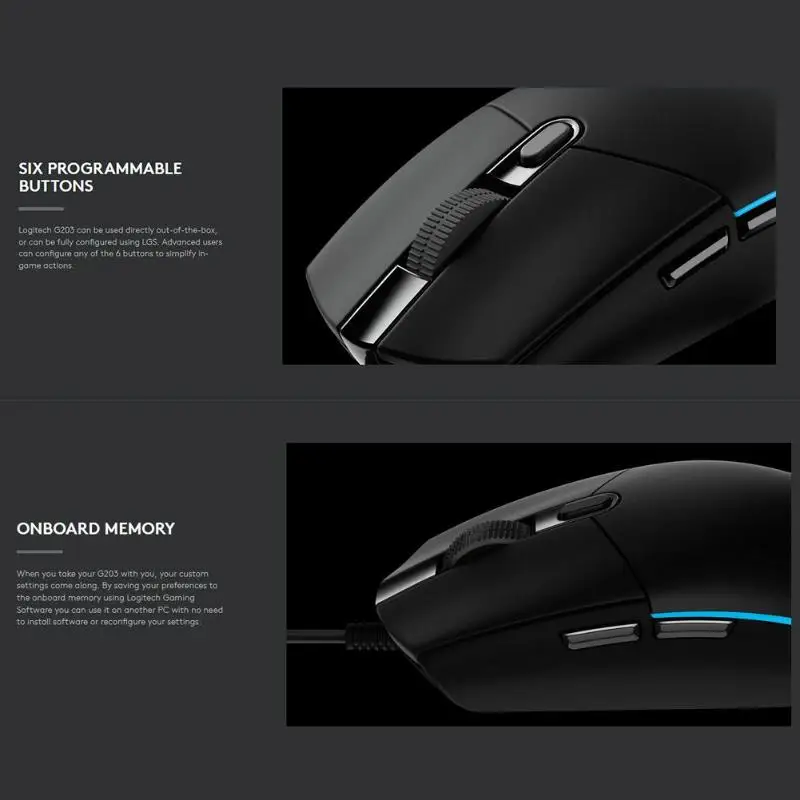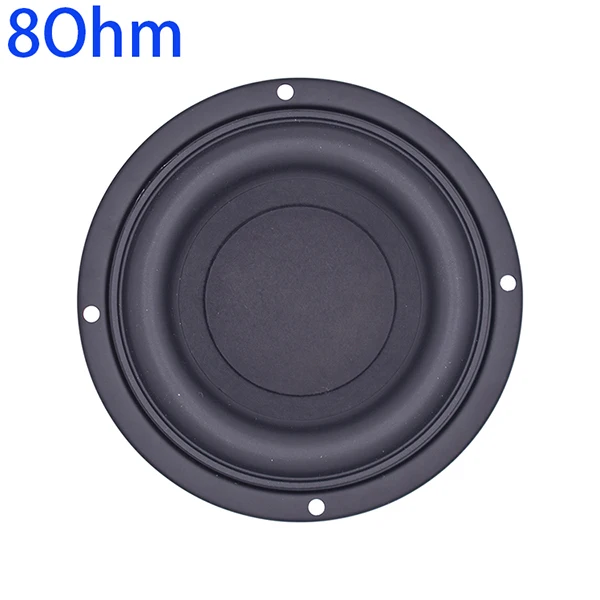
It’s valuable to think of the Activity Monitor as the Mac equivalent to PCs’ Task Manager-aka the CTRL+Alt+Delete on a Mac. You can easily troubleshoot your Mac with the Activity Monitor by understanding what is happening “behind the scenes” or “under the hood,” but many casual users don’t even know that Activity Monitor exists. Users can view their CPU, memory, network, disk activity, and usage, as well as individual tasks. It’s an invaluable resource that helps users understand where their system’s resources are being allocated in real time. Luckily, you can substantially increase battery life, bandwidth, and system resources by simply quitting the applications that you may not even know exist.Īctivity Monitor is a built-in utility that comes with the macOS. Their applications stay in the processes and drain your system, even when you don’t use them. Resource-Heavy Applications Running in BackgroundĪny MacBook slows down over time thanks to… developers. You’re in dire need of a hardware upgrade.Īs a bonus, we’ll also cover helpful one-click tools that can save time, money, and quickly free up your precious disk space-without annoying micromanagement of your system.You have resource-heavy applications running in the background.These are the following topics we’ll go over for slow Mac tips:

We’re here to help address the top five issues that cause Mac performance to slow down. However, the process of speeding up that slow Mac can be a lot easier with Parallels® Toolbox utilities for Mac and Parallels Toolbox for Windows.

Trying to figure out why your precious Mac is running slow and want to learn how to make it run faster? Mac troubleshooting can lead you down a rabbit hole of problem-solving that takes hours to diagnose and even days to resolve.


 0 kommentar(er)
0 kommentar(er)
